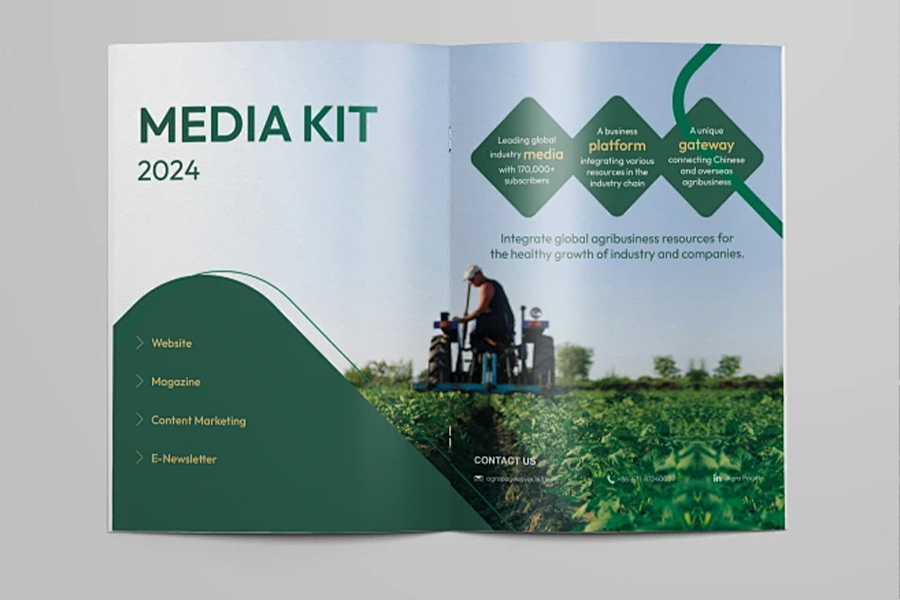The agricultural industry, the backbone of global economies and the cornerstone of human sustenance, stands at a pivotal juncture in its evolution. It is a sector where tradition and innovation intertwine, each playing a crucial role in shaping the future of farming. This interplay forms a double-edged sword, presenting both significant benefits and intricate challenges that coexist within the industry's dynamic landscape.

The Steadfast Anchor of Tradition
Tradition in agriculture embodies the wisdom and practices accumulated over centuries. It encompasses time-tested methods of cultivation, seed selection, and land management that have ensured food security for generations. Traditional farming practices often emphasize a deep connection with the land, fostering a respect for natural cycles and ecological balance, albeit in a non-ecologically focused discussion.
One of the primary benefits of tradition is its reliability. Traditional methods, refined through generations of farmers' experiences, often provide a stable and predictable outcome. They offer resilience in the face of unforeseen challenges, such as climate anomalies or pest outbreaks, which modern systems might struggle to adapt to swiftly. Furthermore, traditional knowledge preserves cultural heritage and community identity, linking farmers to their ancestral roots and fostering a sense of belonging and pride.
The Sharpened Blade of Innovation
Innovation, on the other hand, represents the cutting edge of agricultural advancement. It encompasses technological breakthroughs, such as precision farming, biotechnology, and smart agriculture, which are transforming the way crops are grown and livestock is managed. These innovations promise to increase productivity, reduce resource waste, and enhance food quality.
The integration of technology brings remarkable benefits. Precision farming, for instance, utilizes data analytics and satellite imagery to optimize planting, irrigation, and harvesting schedules, leading to more efficient use of land and water. Biotechnology holds the potential to develop crop varieties that are resistant to diseases and drought, ensuring higher yields even under adverse conditions. Additionally, mechanization and automation are reducing physical labor intensity, improving safety for farmworkers, and making farming more attractive to younger generations.
The Intersection of Benefits and Challenges
However, the intersection of tradition and innovation is not without its complexities. The rapid pace of technological change can be overwhelming for traditional farmers, who may lack access to training or resources needed to adopt new practices. The gap between early adopters and those who remain hesitant can exacerbate socio-economic disparities within rural communities.
Moreover, the integration of technology raises concerns about data privacy and security. As farming becomes more data-driven, the risk of unauthorized access or misuse of sensitive information grows. Farmers must navigate this new landscape while ensuring their personal and operational data remains protected.
Economic challenges also arise. The initial investment required for technological upgrades can be substantial, posing a barrier for small-scale and marginal farmers. This disparity can lead to a concentration of resources in larger farms, potentially exacerbating issues of land concentration and food insecurity in some regions.
Navigating the Dual Path
Navigating the double-edged sword of tradition and innovation requires a balanced approach. Policy-makers, researchers, and industry leaders must collaborate to create inclusive frameworks that support the adoption of innovative practices while respecting and preserving traditional knowledge. This includes providing access to training, financial incentives, and technical support tailored to the needs of diverse farmer groups.
Furthermore, fostering a culture of open dialogue and collaboration between traditional farmers and tech-savvy innovators is crucial. By sharing insights and learning from each other, they can co-create solutions that are both technologically advanced and culturally sensitive.
In conclusion, the agricultural industry's journey through the intersection of tradition and innovation is a complex but rewarding endeavor. It presents an opportunity to harness the best of both worlds, enhancing productivity and sustainability while preserving cultural heritage and community cohesion. By acknowledging and addressing the coexisting benefits and challenges, we can pave the way for a more resilient, efficient, and equitable agricultural future.

 Return
Return


